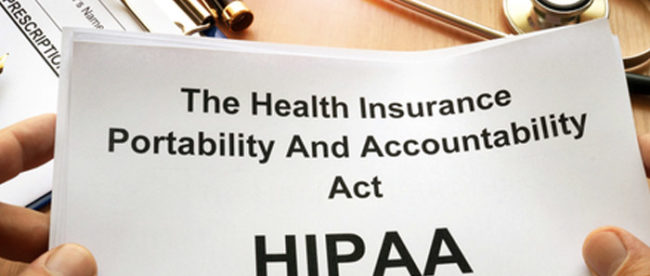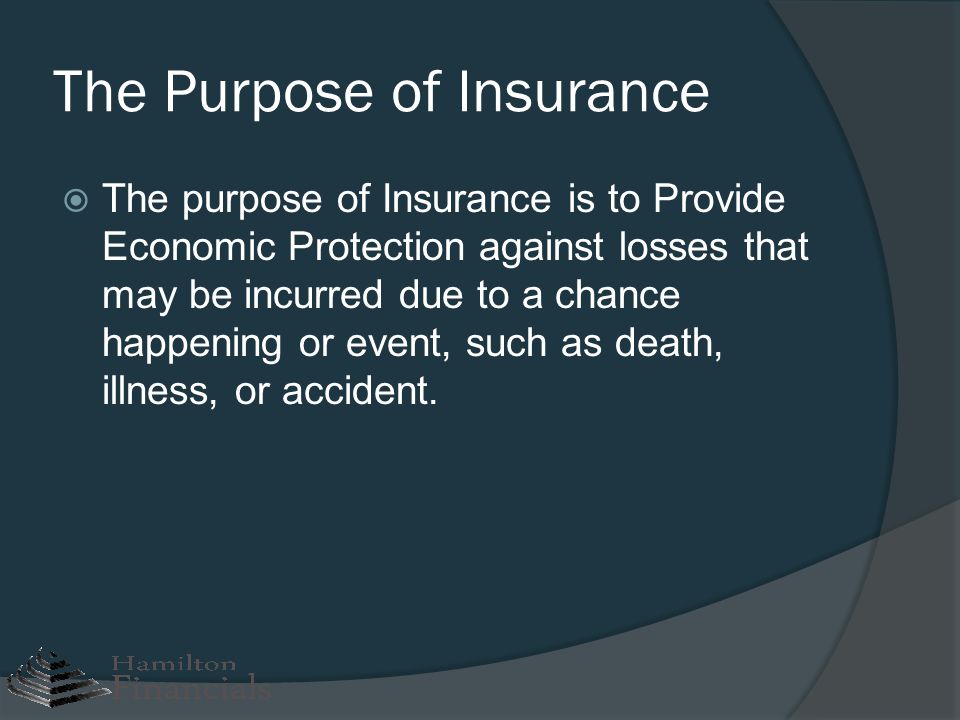Pacific Prime Fundamentals Explained
Pacific Prime Fundamentals Explained
Blog Article
All about Pacific Prime
Table of ContentsThe Main Principles Of Pacific Prime The Only Guide for Pacific PrimeThe Facts About Pacific Prime RevealedThe Buzz on Pacific PrimePacific Prime Things To Know Before You Buy

This is due to the fact that the data were accumulated for a duration of strong financial efficiency. Of the approximated 42 million individuals that were without insurance, almost about 420,000 (regarding 1 percent) were under 65 years old, the age at which most Americans end up being qualified for Medicare; 32 million were grownups between ages 18 and 65, around 19 percent of all grownups in this age; and 10 million were youngsters under 18 years of age, regarding 13.9 percent of all kids (Mills, 2000).
These estimates of the variety of persons without insurance are generated from the yearly March Supplement to the Existing Populace Study (CPS), conducted by the Census Bureau. Unless or else kept in mind, national price quotes of individuals without medical insurance and percentages of the populace with various type of protection are based upon the CPS, one of the most widely utilized resource of estimates of insurance policy protection and uninsurance prices.
Examine This Report on Pacific Prime

Still, the CPS is especially useful because it generates yearly estimates relatively rapidly, reporting the previous year's insurance protection estimates each September, and because it is the basis for a regular collection of estimates for more than two decades, permitting analysis of fads in coverage with time. For these reasons, as well as the extensive usage of the CPS in various other research studies of insurance protection that are provided in this report, we rely upon CPS quotes, with limitations noted.

The quote of the number of uninsured people increases when a populace's insurance policy status is tracked for numerous years. Over a three-year duration starting early in 1993, 72 million people, 29 percent of the united state populace, lacked insurance coverage for at least one month. Within a solitary year (1994 ), 53 million people experienced a minimum of a month without insurance coverage (Bennefield, 1998a)
6 out of every ten without insurance adults more information are themselves utilized. Functioning does improve the chance that one and one's household members will have insurance policy, it is not an assurance. Even participants of families with two permanent breadwinner have virtually a one-in-ten chance of being uninsured (9.1 percent without insurance rate) (Hoffman and Pohl, 2000).
Indicators on Pacific Prime You Need To Know
New immigrants account for a considerable percentage of people without medical insurance. One evaluation has actually attributed a significant part of the recent growth in the size of the united state uninsured population to immigrants who showed up in the country between 1994 and 1998 (Camarota and Edwards, 2000). Current immigrants (those that came to the United States within the previous 4 years) do have a high price of being without insurance (46 percent), however they and their youngsters account for just 6 percent of those without insurance nationally (Holahan et al., 2001).
The relationship between medical insurance and access to care is well established, as recorded later on in this phase. The connection between wellness insurance policy and health and wellness outcomes is neither straight nor straightforward, a comprehensive medical and health solutions research study literature links wellness insurance policy coverage to better access to care, better quality, and boosted personal and populace health and wellness status.
Levels of evaluation for analyzing the effects of uninsurance. It concentrates specifically on those without any type of wellness insurance for any type of size of time.
9 Simple Techniques For Pacific Prime
The issues faced by the underinsured are in some areas similar to those faced by the uninsured, although they are usually less extreme. Health and wellness insurance, nonetheless, is neither essential nor enough to get accessibility to medical services. The independent and straight impact of wellness insurance protection on access to health solutions is well developed.
Others will get the health care they require even without medical insurance, by spending for it out of pocket or seeking it from service providers that use treatment complimentary or at very subsidized rates. For still others, medical insurance alone does not make certain invoice of treatment since of various other nonfinancial barriers, such as a lack of healthcare service providers in their area, limited access to transport, illiteracy, or etymological and cultural differences.
An Unbiased View of Pacific Prime
Formal research study regarding without insurance populaces in the USA dates to the late 1920s and early 1930s when the Committee on the Cost of Healthcare created a series of reports concerning financing medical professional office visits and hospitalizations. This problem came to be prominent as the varieties of clinically indigent climbed up throughout the Great Anxiety.
Report this page